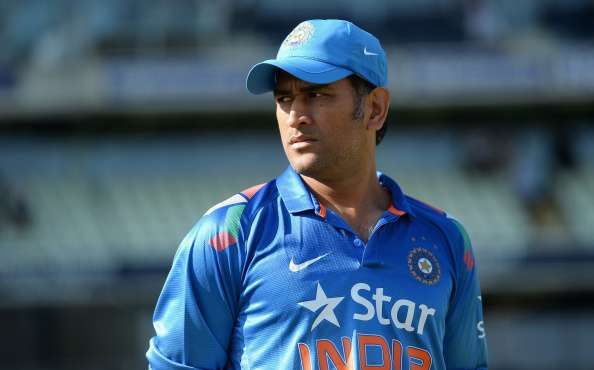
5 best wicketkeepers that India has produced
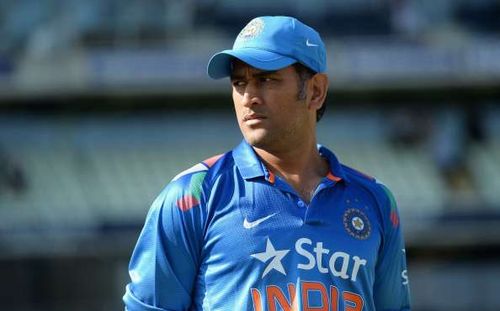
One of the toughest jobs in cricket is that of a wicketkeeper. One needs to have immense concentration keeping a close eye on the proceedings. It is one of the most demanding positions in the team as it requires supreme fitness, focus, and agility behind the stumps.
India have always been very fortunate as there has always been a pool of talent in all departments, and wicketkeepers are no different. Earlier, there used to be a time when selectors not only from India but all around the world picked specialist wicketkeepers who couldn’t contribute much with the bat. But with time, things started to change. Wicketkeepers needed to contribute more with the bat, and a few keepers started playing higher up the order to create an extra slot.
From Janardan Navle (India’s first wicketkeeper, who incidentally faced India’s first ball in Test Cricket) to Mahendra Singh Dhoni, India have never had a shortage of wicketkeepers. While the likes of Nana Joshi and Naren Tamhane were specialist keepers who hardly contributed with the bat, the arrival of Farokh Engineer (who was India’s first ODI keeper) changed things.
India has produced some of the best wicketkeepers in the world, and here’s a look at 5 of the best wicketkeepers who have played for India.
Honourable mention
Naren Tamhane
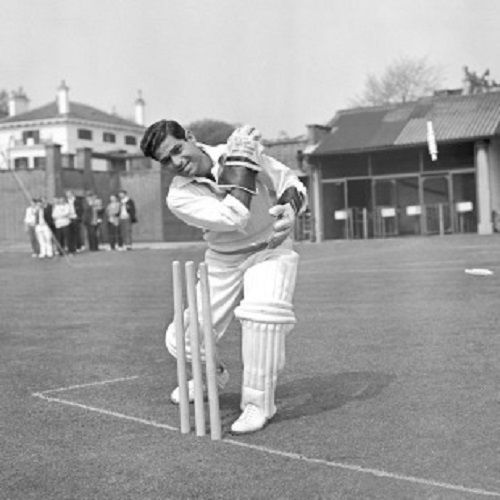
Naren Tamhane, who was born in Mumbai in 1931, started playing first-class cricket at the age of 22 and debuted against Pakistan in 1955. He went on to play 21 Tests for India and, in the process, became the first Indian wicketkeeper to effect 50 dismissals (total 51 – 35 catches and 16 stumpings).
He had his own style of effecting stumpings – removing only one bail while breaking the stumps. He didn’t contribute much with the bat, except for a 54* in his second Test. Tamhane retired in 1960 and went on to serve Indian cricket as a selector for many years.
#5 Farokh Engineer
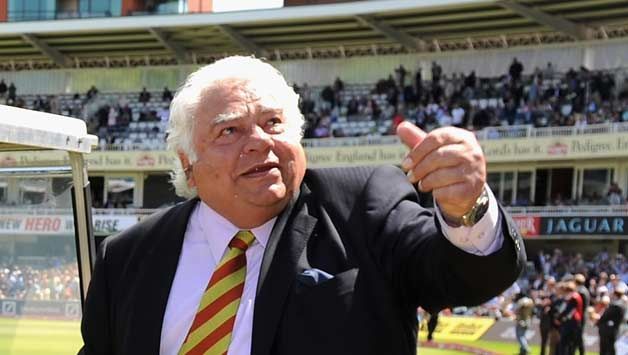
Farokh Engineer was the original poster-boy of Indian cricket. He was an aggressive batsman and a very agile keeper. Engineer was deceptively quick as a keeper, and despite his big build, he showed sharp reflexes behind the stumps. His agility and quickness were on display when he kept to the legendary spin quartet of Bedi, Prasanna, Chandrasekhar and Venkataraghavan.
In 1967-68, Engineer played a pivotal role in India’s first-ever overseas Test series win. He showed excellent glove-work and chipped in with useful runs as well. After retiring in 1975, he went onto play County cricket for Lancashire. One of his teammates there, Brian Statham, once reckoned that he would have likely taken more wickets for his country if Engineer had been the keeper.
A flamboyant and a fun-loving player, Engineer played 46 Tests and finished his career with a tally of 82 dismissals – 66 catches and 16 stumpings.
#4 Syed Kirmani
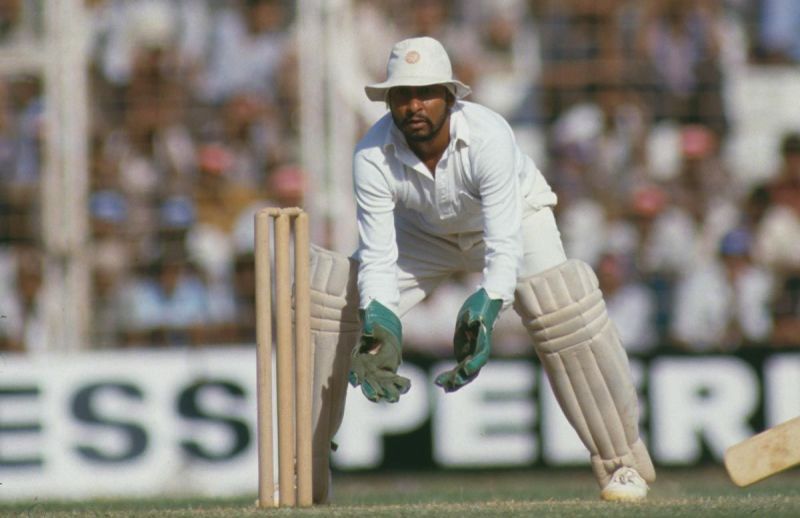
Syed Kirmani is considered as one of the finest wicketkeepers India has produced. ‘Kiri’, as he was popularly known, started as an understudy to Farokh Engineer and made his Test debut against New Zealand in 1976. In his second Test, he equalled the world record by effecting six dismissals in an innings.
Kirmani was quiet, efficient and competent behind the stumps. In 1979-80 series against Pakistan, he equalled Naren Tamhane’s India record for 19 dismissals in a series. He was also awarded the best wicketkeeper award in the 1983 World Cup.
A leg-injury which he sustained during the World Series in 1986 effectively ended Kirmani’s career as he finished with 88 Tests and 49 ODIs for India in a 10-year career. In that time, he played a part in 234 dismissals in international cricket (198 in Tests and 36 in ODIs).
#3 Kiran More
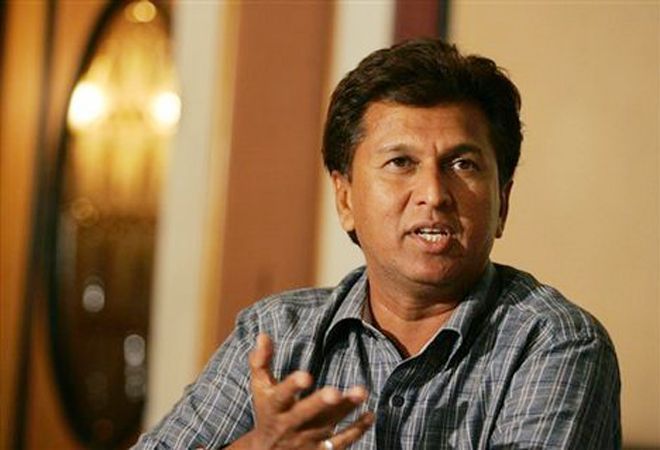
Kiran More was one of those gusty little keepers who always relished a challenge. More took over the gloves from Syed Kirmani and went on to play for seven years. He was very safe behind the stumps.
More than the statistics, it was his chirpy nature which people remember him for. He always tended to get under the skin of the opposition. More was a part of India’s set up in the 1992 World Cup, where, in a game against Pakistan his excessive appealing led to Javed Miandad mocking him by leaping up and down.
More has kept wickets to some quality and fiery fast bowlers like Kapil Dev, Manoj Prabhakar and Javagal Srinath for the most of his career. In fact, 81 of his 130 dismissals in Tests were off pacers.
#2 Nayan Mongia

Nayan Mongia was drafted into the Indian team once Kiran More relinquished his gloves. He had an effective way to succeed on dustbowls in the subcontinent. He was one of the best keepers to spinners in India. Anil Kumble, Harbhajan Singh and many other spinners have been helped by Mongia’s brilliant glove-work on turning tracks.
Mongia was also a gritty batsman scoring more than 2500 runs in his international career. In ODIs, India often used him as a pinch-hitter, both in the middle order and as an opener. He became the first Indian keeper to effect 100 dismissals in both Tests, and ODIs.
#1 MS Dhoni
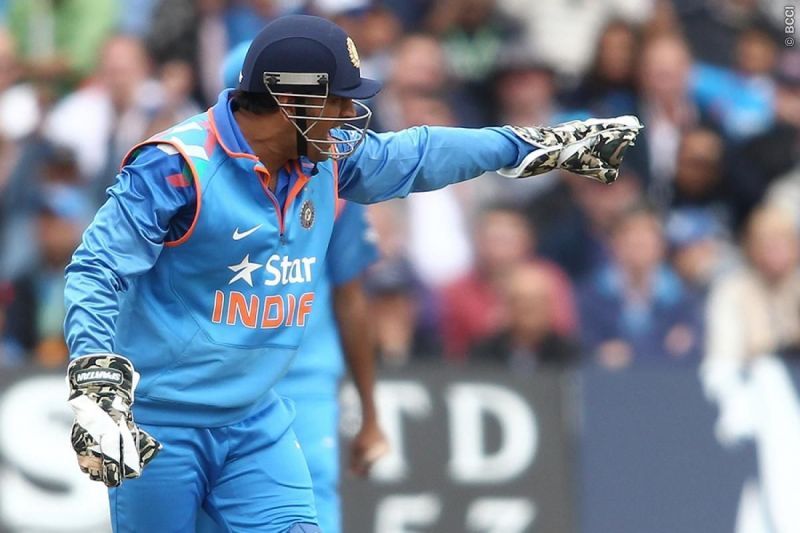
Mahendra Singh Dhoni’s arrival ended India’s long search for a wicketkeeper who could also bat well. He is India’s most successful wicketkeeper in all formats. He has effected 294 dismissals in Tests (256 catches and 38 stumpings), 444 in ODIs (321 catches and 123 stumpings) and 91 in T20Is (57 catches and 34 stumpings).
Dhoni’s unorthodox yet effective technique brought results. He has super-quick reflexes and has cheeky ways of saving runs and effecting run-outs. The Ranchi-born former India captain effects lightning-quick stumpings, giving the batsmen very little time and he still is the best keeper in the country. Dhoni has also been one of the best finishers in limited-overs cricket over the years. His record with the bat and as captain is extraordinary – the most successful Indian captain.
Dhoni isn’t a traditional keeper who uses conventional techniques, but still is arguably one of the greatest wicketkeepers the game has seen. He is still going strong and is one of the best modern-day players.